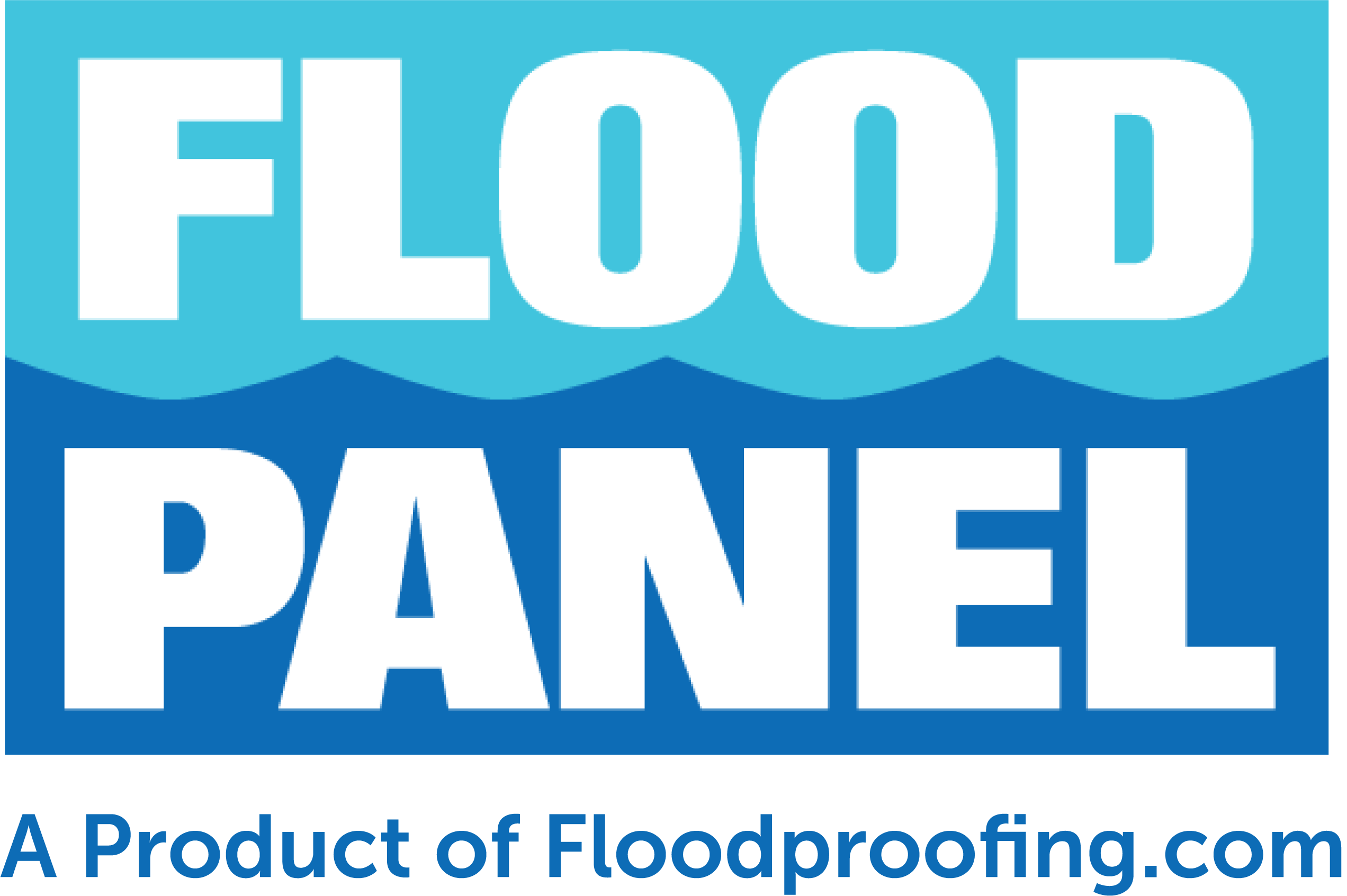Blog
Media Contact
Email: media@floodpanel.com
Polar Ice Caps Melting Much Faster than Predicted
During the past few weeks a very troubling news story has emerged, one that may affect every human on the planet. It has been revealed that the rate of ice melt in Antarctica has DOUBLED since 2010, a statistic that — if proven true — will lead to rapid environmental changes that may be devastating.
The immediate impact may be seen first in the area of agriculture. The climate-changing effects of this ice melt, as well as from other factors, is already being felt. The crops most impacted so far have been cereals: wheat, rice, and barley in particular. The cost of most breakfast cereals have seen huge increases over the past decade — up to 71%, as opposed to 37% for other foods. But the increasing cost of Frosted Flakes, while it surely impacts many, pales in importance when one considers how much of the human population depends on rice as a staple food.
The massive ice melt in the Antarctic region is already having global repercussions. While it is not possible to pin the blame for any specific hurricane, tornado, or drought on the melting polar ice caps, it is certainly within reason to be alarmed by the consequences of this development. These consequences include the migration of flora and fauna towards the poles, which is currently happening at a rate of almost 4 miles every ten years. This may sound benign until one realizes that tropical diseases and pests are moving along with this migration.
Aside from grocery prices, mosquito migration, and impact to wildlife, the melting ice caps will have another very imminent effect: depletion of drinking water for many areas. Lima, Peru, for example, is currently dependent on the Quelccaya Ice Cap for almost all its drinking water. This ice cap, however, is shrinking fast — at a rate of almost 30 meters a year. By comparison, the melt rate during the pre-1990′s years was only 3 meters per year. This is a major threat to Lima’s 10 million residents.
By far, the consequence of rapid polar melting that will impact the most people is rising sea level. Sea level increases, obviously, will severely impact those living near the coast, with increased flooding and encroachment of the sea into currently populated areas. Hurricanes, cyclones, and severe storms will become more and more frequent, and more devastating in their impact.
In the near future, it is likely that low-lying cities and coastal communities will be forced to build sea defenses, such as flood barriers, berms, and water-channeling infrastructure. At present in the US, there is no discernible slowing of development in low-lying coastal areas. This means that integrated water-containment defenses will soon become necessary as a costly retrofit, rather than as a pre-planned component of the new developments.
No scientist today is willing to predict that polar ice melt is going to stop by itself, or even to slow down. The general consensus in the scientific community is that the tempo of ice cap melt will increase rapidly. Coastal communities must act now to thwart and control sea level rise, which is now an inevitable part of our future on planet Earth.
Source: http://www.floodbarrierusa.com/

